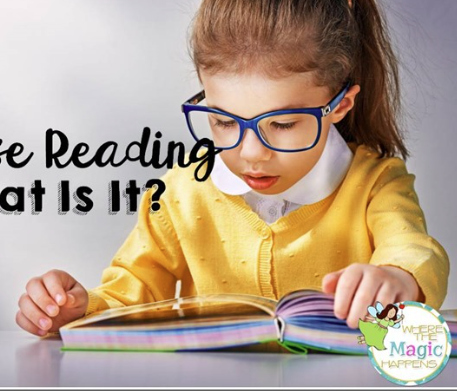Close reading is a powerful instructional strategy that helps students dive beneath the surface of a text to uncover deeper meaning, structure, and language choices. It encourages critical thinking, enhances comprehension, and builds analytical skills essential for academic success. With guided support, students can learn to approach texts with a thoughtful, inquiry-based mindset.
What Is Close Reading?
Close reading involves a careful, purposeful analysis of a short passage or text. Rather than rushing through, students read multiple times to notice details, understand the author’s craft, and interpret deeper meaning. The goal is not just to understand what a text says, but how and why it conveys its message.
Benefits of Close Reading:
- Improves comprehension and retention
- Builds vocabulary and knowledge of language
- Encourages independent, critical thinking
- Develops evidence-based reasoning skills
Steps to Guide Students Through Close Reading:
1. Choose the Right Text
Select a short but rich passage that lends itself to analysis. Literary excerpts, historical speeches, poems, or complex nonfiction texts are ideal. The text should be challenging but accessible with support.
2. First Reading – Understanding the Surface Meaning
Encourage students to read the passage without stopping, focusing on general understanding. Ask them to annotate or highlight words or phrases they don’t know or find interesting.
Prompt Questions:
- What is the text about?
- Who is speaking or writing?
- What is the setting or context?
3. Second Reading – Analyzing Structure and Language
Have students reread the text, this time examining how the author presents ideas. Look at word choice, tone, imagery, sentence structure, and literary devices.
Prompt Questions:
- Why did the author use this particular word or phrase?
- How does the structure support the meaning?
- What literary or rhetorical devices stand out?
4. Third Reading – Interpreting and Evaluating
In this round, guide students to interpret the author’s purpose, theme, and implications. Ask them to support their interpretations with evidence from the text.
Prompt Questions:
- What is the author’s message or theme?
- How does the text relate to other works or real-world issues?
- What conclusions can we draw from this reading?
5. Encourage Discussion and Reflection
Allow students to share insights and questions in pairs or small groups. Discussions promote multiple perspectives and deeper understanding. Wrap up the activity with a written response or summary.
Tools to Support Close Reading:
- Highlighters and annotation guides
- Graphic organizers like T-charts or concept maps
- Anchor charts with key vocabulary and reading strategies
Conclusion
Guiding students through close reading helps them become more thoughtful, skilled readers who can engage deeply with complex texts. With clear steps, supportive questions, and repeated practice, students learn to read with intention and insight. This essential skill not only strengthens academic performance but also nurtures lifelong critical literacy.


